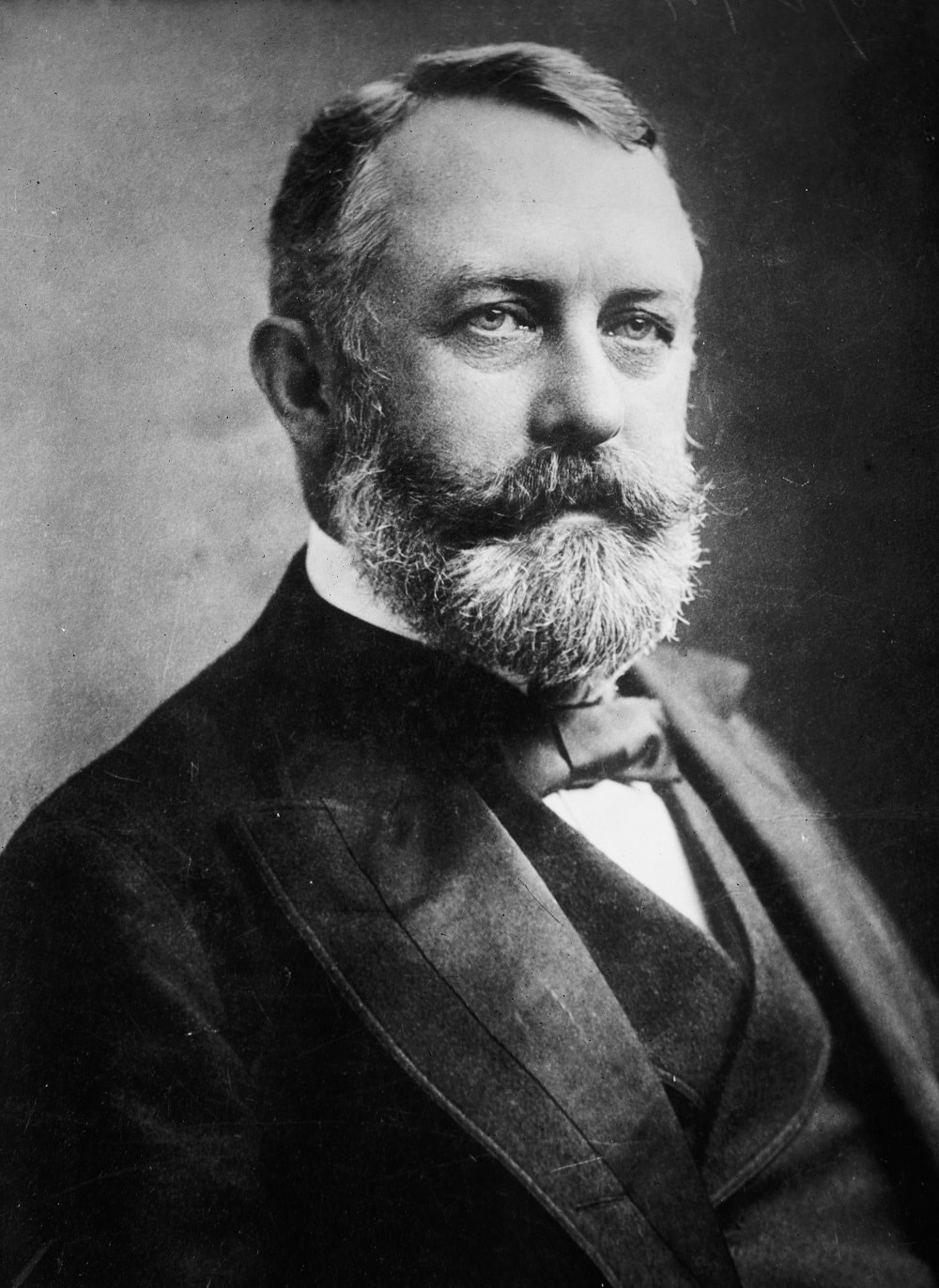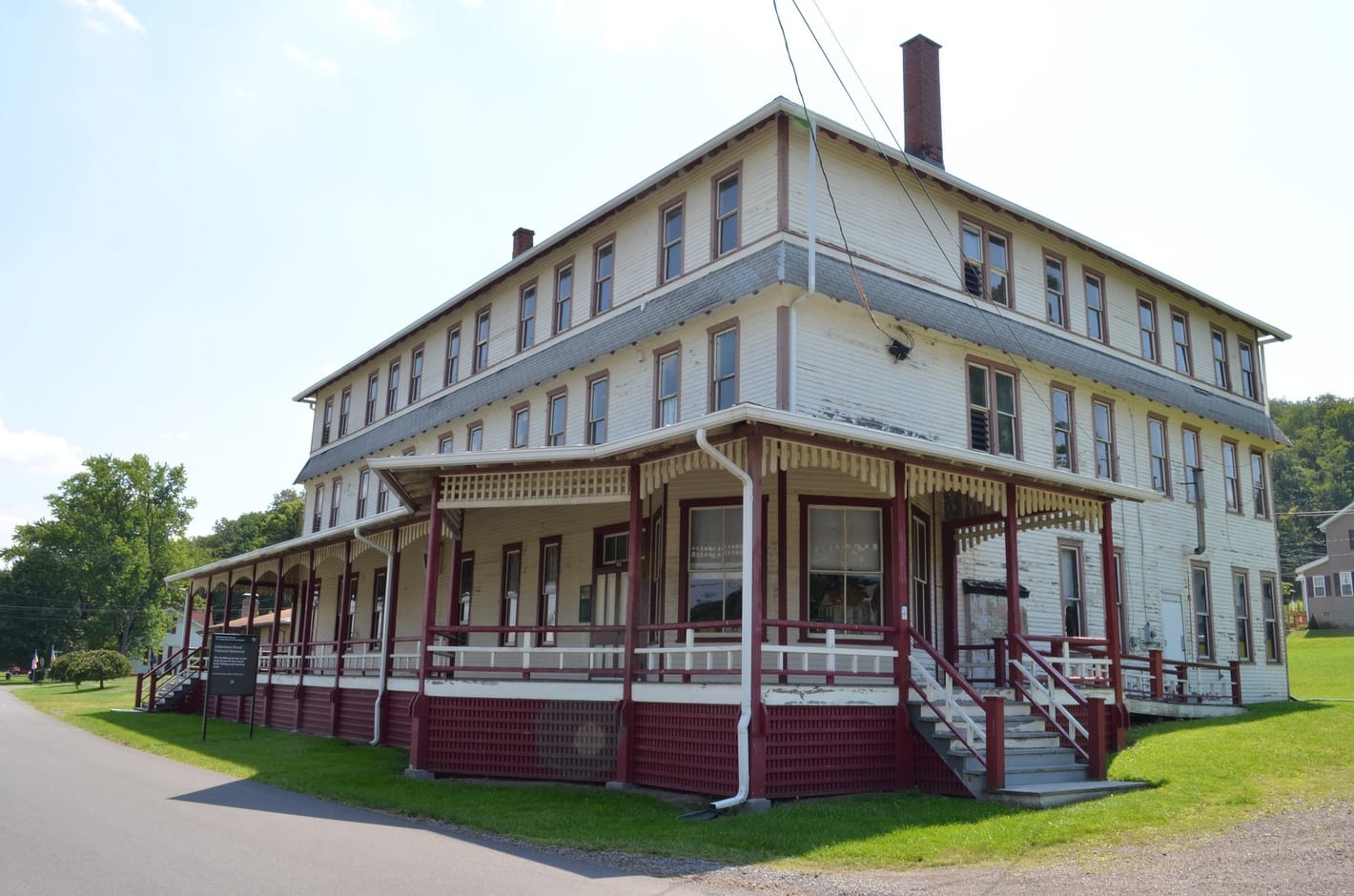Some rich Gilded Age tycoons wanted to establish a secretive and private resort in which to relax and enjoy nature, so they bought a dam and its lake in the mountains of western Pennsylvania. They modified the dam to suit their leisure, but the modifications weakened its main function: the ability to hold back water. When the region was inundated with heavy rains in 1889, the dam collapsed, and thousands were killed downstream in the resultant flood. Not a single magnate was held accountable in criminal or civil court. Below are thirty things about that and some other bad things done by rich folk throughout history.

ADVERTISEMENT - CONTINUE READING BELOW
30. America’s Gilded Age Rich Modified a Private Dam, Resulting in a Collapse That Killed Thousands
In 1880, industrialist Henry Clay Frick and a group of rich Pittsburgh magnates bought the South Fork Dam, an earthen dam that formed an artificial Lake Conemaugh in Cambria County, Pennsylvania. Originally built by the Commonwealth to service a canal system, the dam was abandoned when railroads superseded canals and was sold to private interests. Frick and his fellows formed the South Fork Hunting and Fishing Club, a secretive and private resort for the wealthy based around the dam’s lake and shoreline. The club opened in 1881, and its well-heeled members mingled in its clubhouse and their cottages around the lake as they enjoyed the pleasures of nature.

ADVERTISEMENT - CONTINUE READING BELOW
They had modified the dam, and lowered it to accommodate a road. To make sure that the lake never ran out of fish, a screen was placed in the spillway – a structure that allows the controlled release of water from a dam. The screen did more than stop fish from leaving the dam: it also trapped debris that clogged the spillway. That was especially bad because when the dam was built, it had a system of relief pipes and valves to lower water levels in an emergency. That system had been sold as scrap metal, and never replaced. Between that and the clogged spillway, there was no way to release water in case of an emergency. Such an emergency occurred on May 31st, 1889, and it killed thousands in what came to be known as the Johnstown Flood, after the chief town struck by the disaster.

